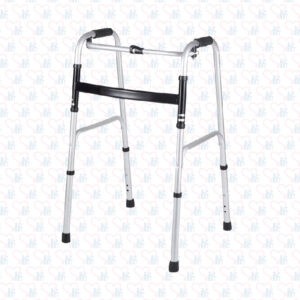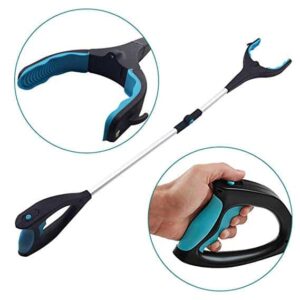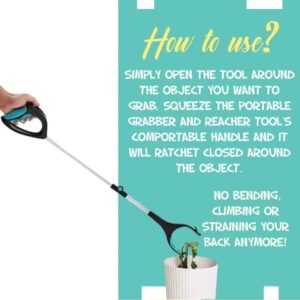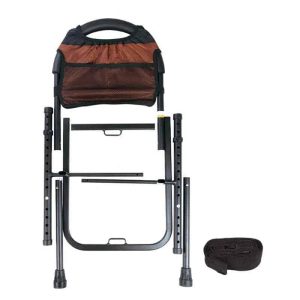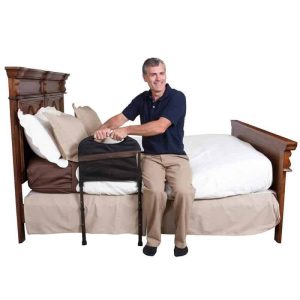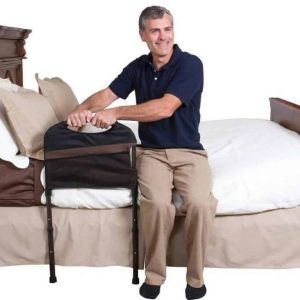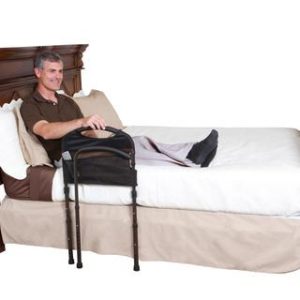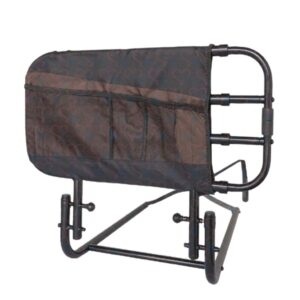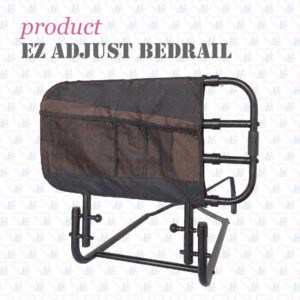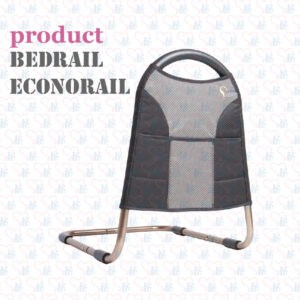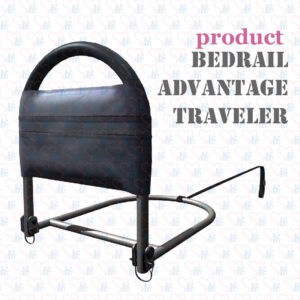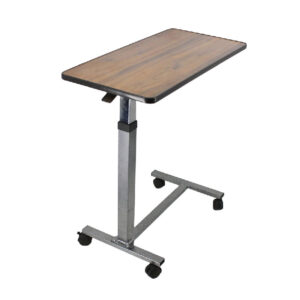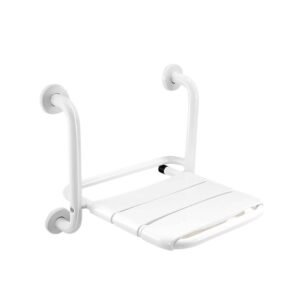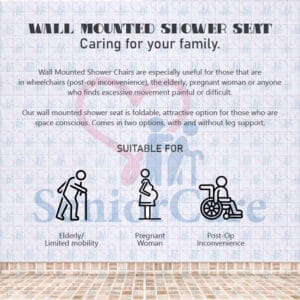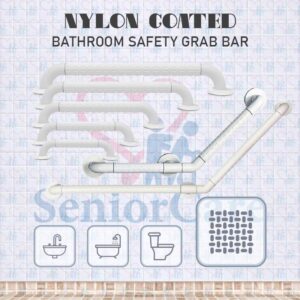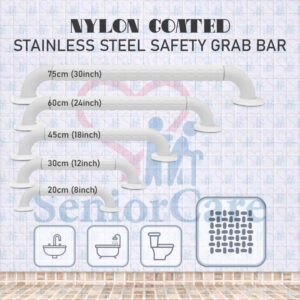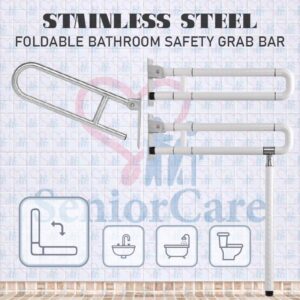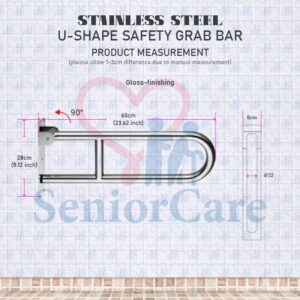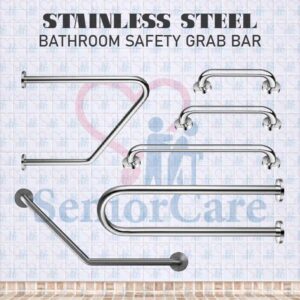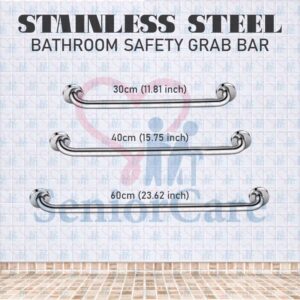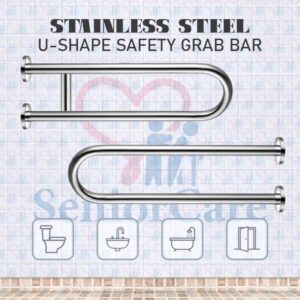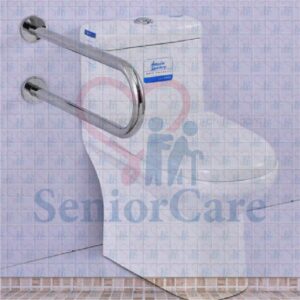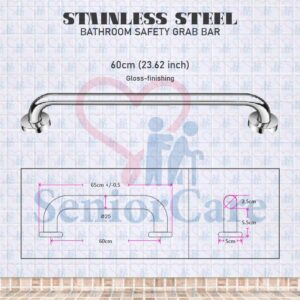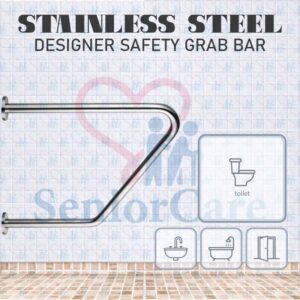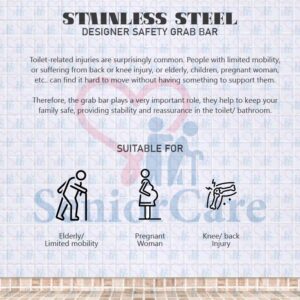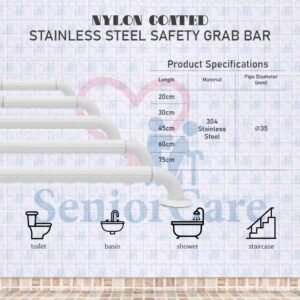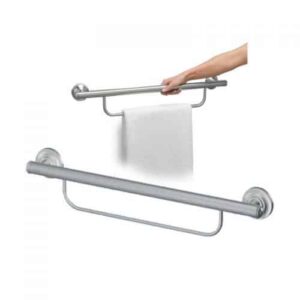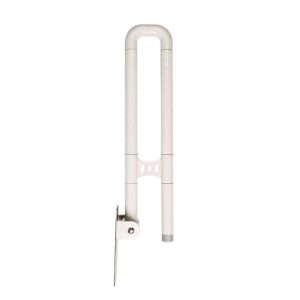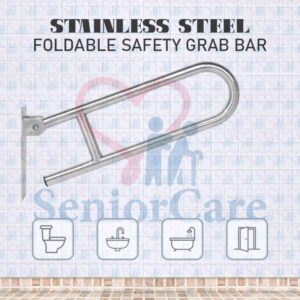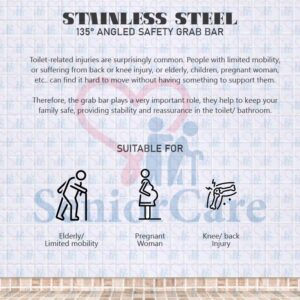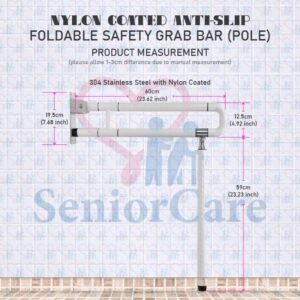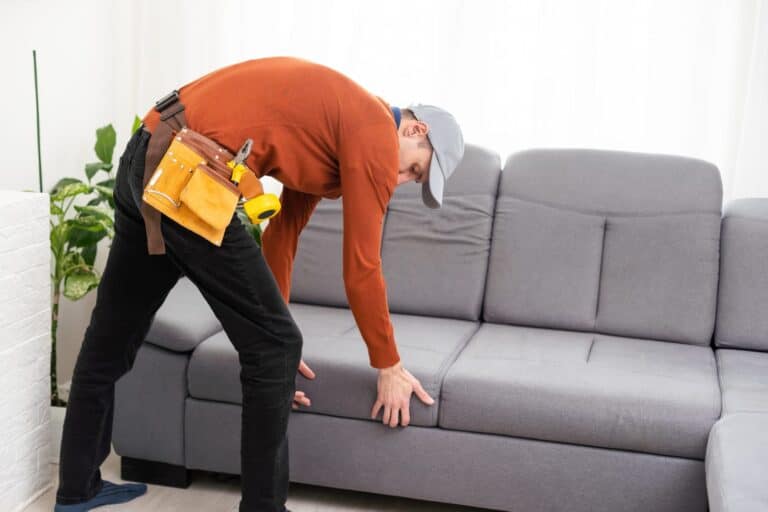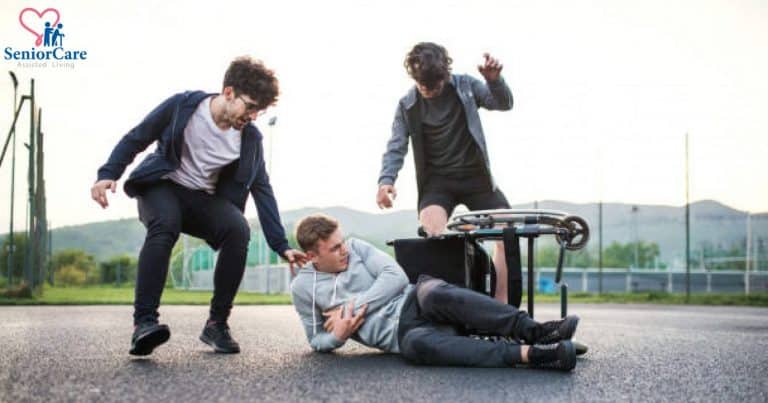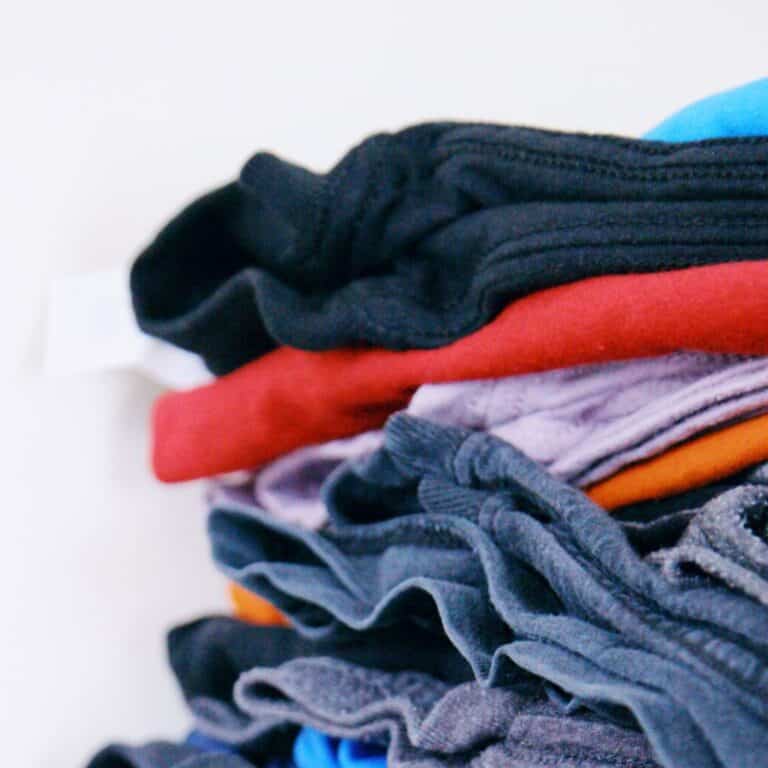Selecting Assistive Devices Suitable For Your Loved One
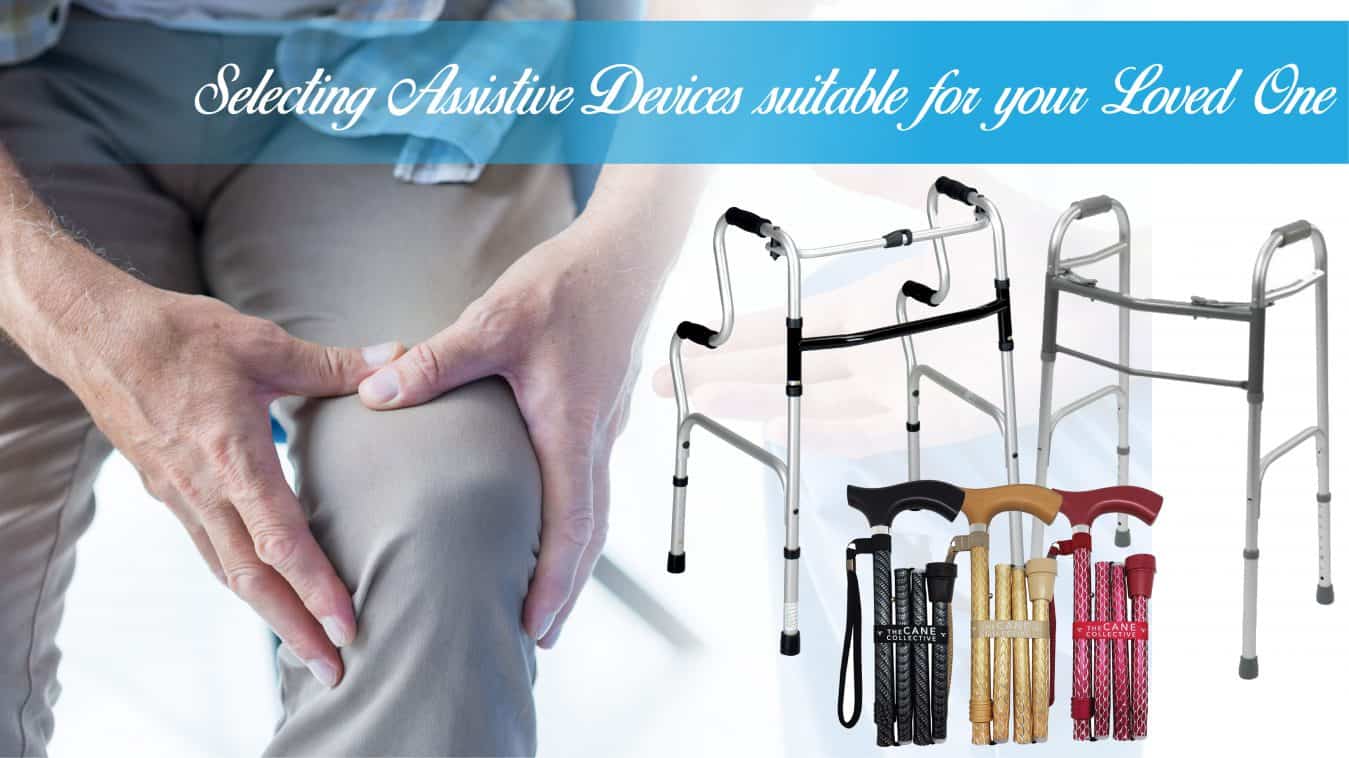
Providing Assistance to the Elderly with the use of Assistive Devices
With the rapid improvement of modern technology, assistive devices come in numerous and differing types. Assistive devices are highly useful in helping an elder live independently.
For a week, my grandpa, who fell due to an accident at home, had to use a wheelchair and now, a cane to assist him while walking. We then decided to install more forms of assistance for him around the house to prevent the same incident from occurring again.
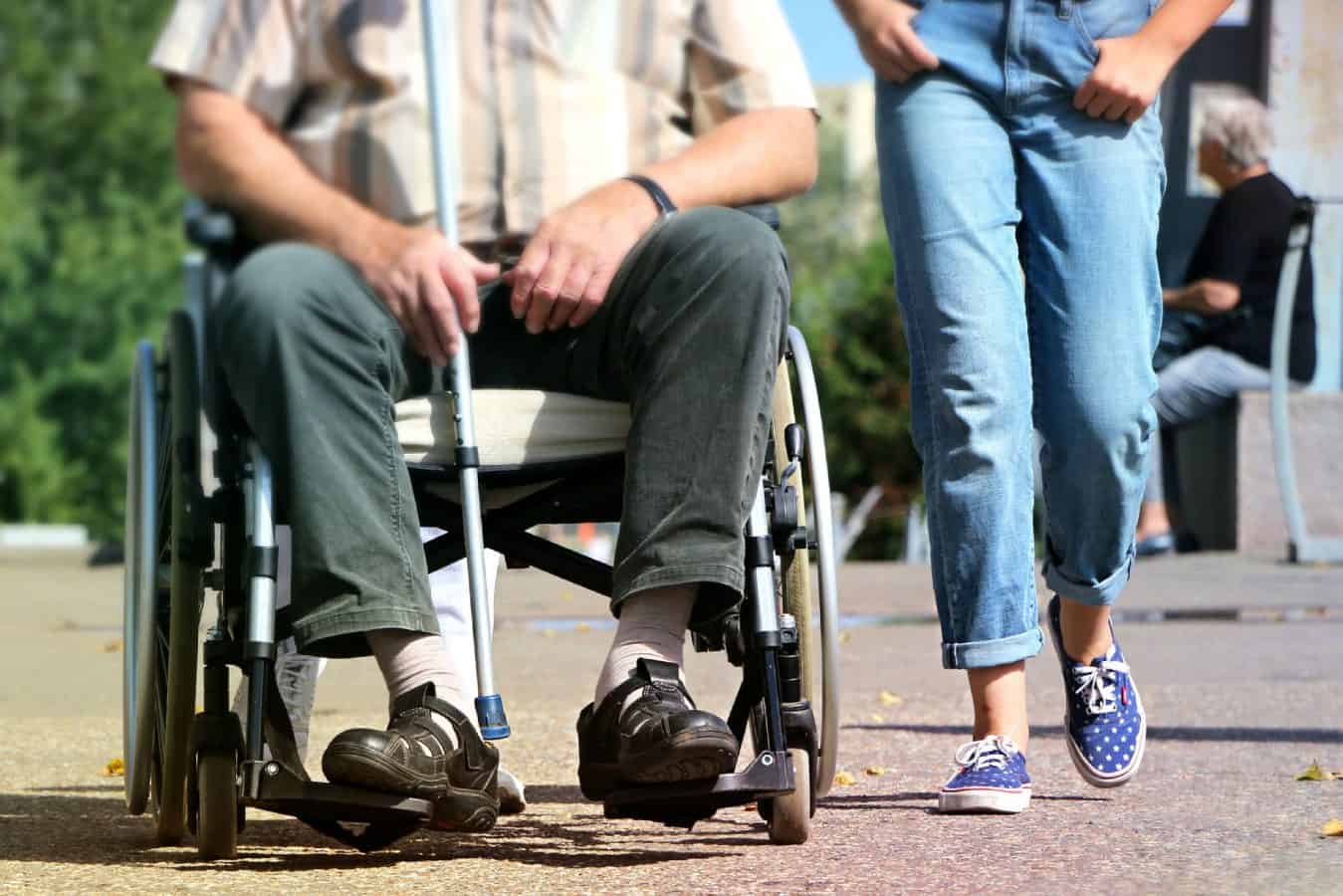
Always remember that we should treat our elders with love and care. We can provide them with a safe, functional, and healthy living environment which can be as simple as the provision of support and assistance through the use of assistive devices.
What Type of Assistive Device is Suitable for my Loved One?
The market for assistive devices has grown tremendously, with many offering a wide range of products. Choosing the right one can be very confusing. Worry no more as I will walk you through the types of assistive devices to use, depending on your needs.
When choosing the right device, you have to observe the elder’s day-to-day tasks or needs. You may be enticed to buy a product that looks good but does not actually meet your senior’s needs. The key to finding the right device is to choose the simplest product to satisfy their need.
They are often less expensive as compared to the other offerings, and easier to use and repair. For example, a simple weekly pill organizer would easily solve the problem of medication compliance than an automated pill dispenser equipped with alarms.
If you are confused or still unable to determine what assistive device will best fit your seniors, it is best to consult your healthcare provider. Always remember that it is crucial to first try the device before buying, to test if it will meet your senior’s need. His or her opinion about the device is very important as he or she would be its main user. It has to be comfortable, easy to use and attractive.
When we chose the wheelchair for grandpa, we decided to go for an electronic wheelchair that will help him get around with ease. It is dependent on their needs but it is important to understand that the person using this is not as agile but rather fragile and would focus on comfort rather than aesthetics.
Most seniors use some form of assistive device in their daily activities.
The safety of seniors is of utmost importance and the correct and safe use of the device would also ensure the safety of others around. It is important to use the device properly and maximize the senior’s independence in an enjoyable manner. When using these assistive devices, it is important to follow strictly all the written manuals to avoid any incident.
Mobility Aids
Mobility aids are devices designed to help people with problems moving around, enjoy greater freedom and independence. A majority of those with disabilities or injuries, or senior adults who are at increased risk of falling, choose to use mobility aids. These devices provide several benefits to users, including greater independence, reduced pain, and increased confidence and self-esteem. A range of mobility devices is available to meet people’s needs – from canes and walking frames to wheelchairs and mobility scooters.
Canes/Walking Sticks
 A walking stick or cane can greatly help with balance when walking, particularly when recovering from an injury or compensating a disability. It is the most convenient support for seniors who are able to walk but may require some assistance in maintaining their balance or for those who lack adequate support in their knees.
A walking stick or cane can greatly help with balance when walking, particularly when recovering from an injury or compensating a disability. It is the most convenient support for seniors who are able to walk but may require some assistance in maintaining their balance or for those who lack adequate support in their knees.
Straight cane with single tip
If the cane is only required to improve balance, a standard straight cane with a single tip will suffice.
Offset Cane
Offset canes are designed to provide balance with comfort, especially for the elderly with wrist injuries.
Quad Cane
Quad canes are similar to offset canes but provide more stable support. Walking canes can also be a form of fashion for the elders, as there are many different designer canes out there. Canes can come in foldable forms for better portability. They can come with a LED torchlight attached for better visibility at night or in a form of an umbrella.
However, it should be noted that umbrella types of walking sticks are better designed as an umbrella than as walking sticks. They offer the least support and most designs do not allow both the umbrella and the walking stick feature to be used at the same time, hence, if the elderly are using it as an umbrella, it cannot concurrently be used as a walking stick.
Walkers/Walking Frames
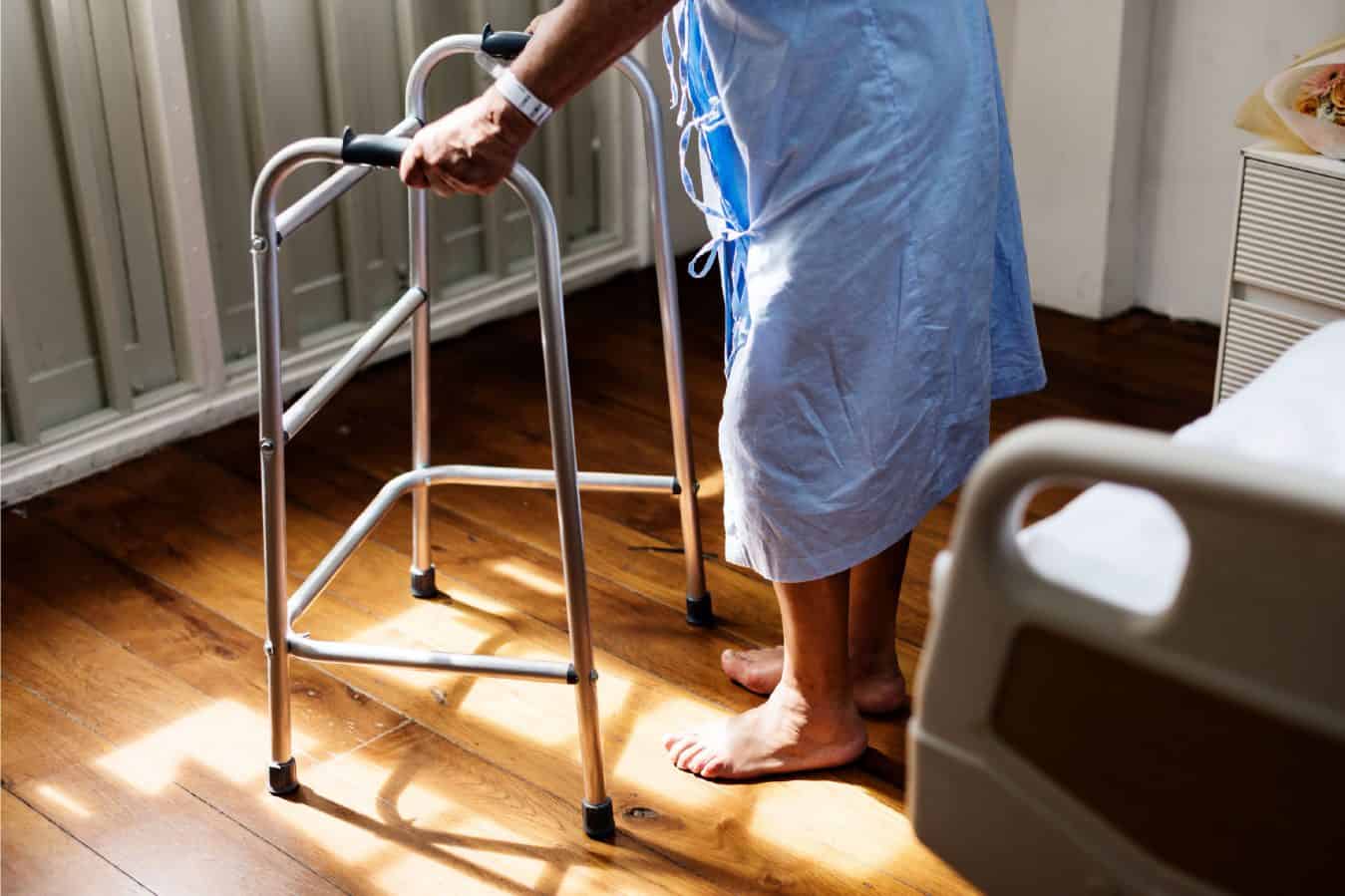
Walkers are another type of assistive device that offer greater stability. Generally, they are prescribed to keep a patient stable when walking. Walkers can greatly reduce the risk of falls when used properly. The Standard walker is the most stable type of walker.
They are ideal for seniors who are unstable even with the use of a cane and cannot control a wheeled walker. The Rolling Walker has two front wheels and two backsliders. They offer a more normal walking pattern and are recommended for elderlies who have better stability want greater stability in their movement and are easy to maneuver.
Standard Walker
Standard walkers tend to provide greater support and stability. It is characterized by its use of platforms at the bottom of each leg, rather than wheels.
Rolling Walker
Rolling Walkers or “Wheeled Walkers” comprise of a frame and wheels. It is great for travelling; many models also feature an attachable bag or a built-in seat.
Wheelchair
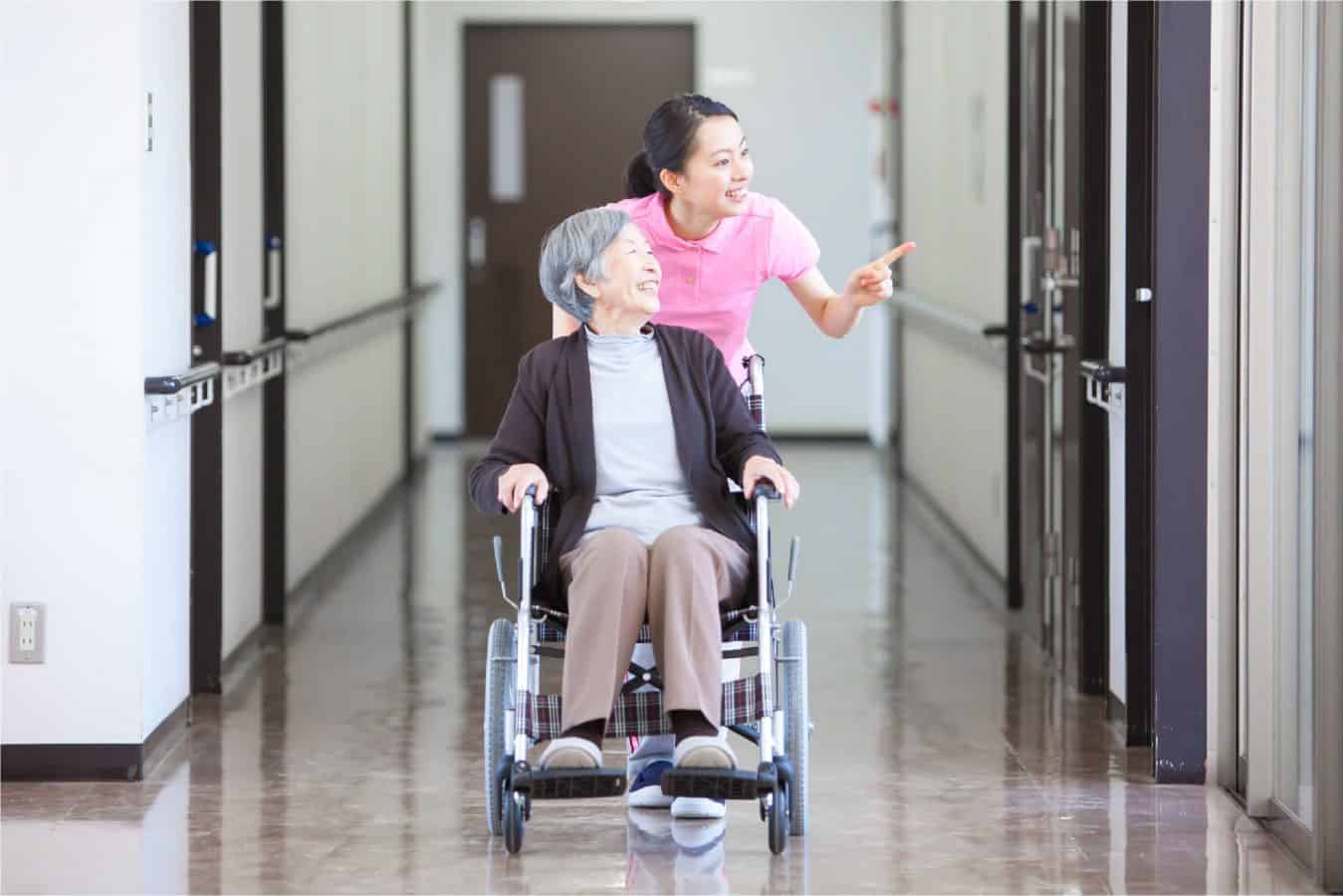
Anyone, young or old facing an issue with mobility, can use an electric wheelchair. Do take note that there are different types of wheelchairs catered to different needs. An electric wheelchair meant for an adult should not be used by a child. As mentioned, my grandpa suffered from a fall. Since then, he has been having trouble walking from time to time. He cannot walk for more than five minutes without wincing in pain, which has not only hindered his movement but has made it hard for him to do his house chores and going around outside. When we decided to get a wheelchair for him, we went for the PW-1000XL FoldaWheel.
To ensure the safety of the user of the mobility device, it is important that the device is fully or adequately charged before leaving for the destination, to prevent the risk of a dead battery in the middle of the journey.
Do note the range of the wheelchair and plan the journey well to prevent any mishaps. Always ensure the seatbelt is fastened when using the electric wheelchair to ensure personal safety against accidents and serious injury. The user’s center of gravity should be aligned and within the frame of the wheelchair to prevent it from tipping over.
By keeping one’s hands and legs within the frame, it will help stabilize the chair. Daily activities such as bending or reaching to retrieve items may be daunting to those in wheelchairs. The additional movement may shift their center of gravity away, resulting in them tipping over. For a start, the user can practice the required actions in the presence of someone responsible so that he or she can assist if required.
It is also important for the user to learn the proper way of handling and managing themselves before attempting any action independently in the future. Mobility is an important aspect of independence and electric wheelchairs offer users the freedom and independence they need to move about and carry out day-to-day tasks efficiently and effectively. Check out other range of wheelchairs and motorised wheelchairs that we carry.
Reaching Aids
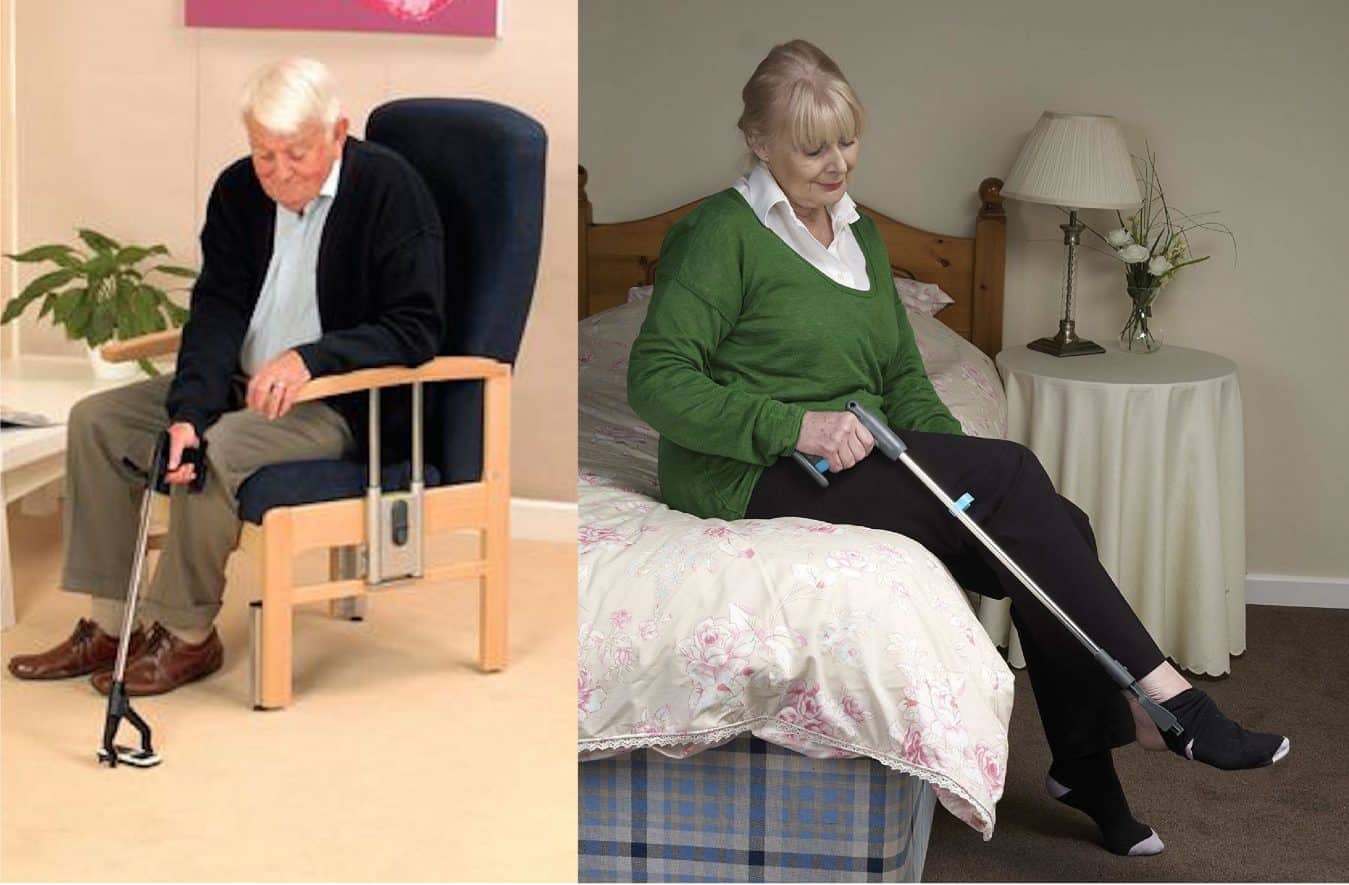
Reaching aid is also known as a reacher and grabber tool. It is an assistive device for the elderly or Persons with Disabilities (PWDs) who may have difficulty retrieving items in high places or reaching items from the floor.
Reacher and Grabber tools reduce the need for the elderly or physically weak to bend down.
Many use magnets or suction cups at the end for better grip. People with restricted reaching capabilities due to their limited mobility may find it hard to retrieve objects such as dropped coins, dropped papers or mail, or even items inside cabinets and refrigerators.
Chair Raiser
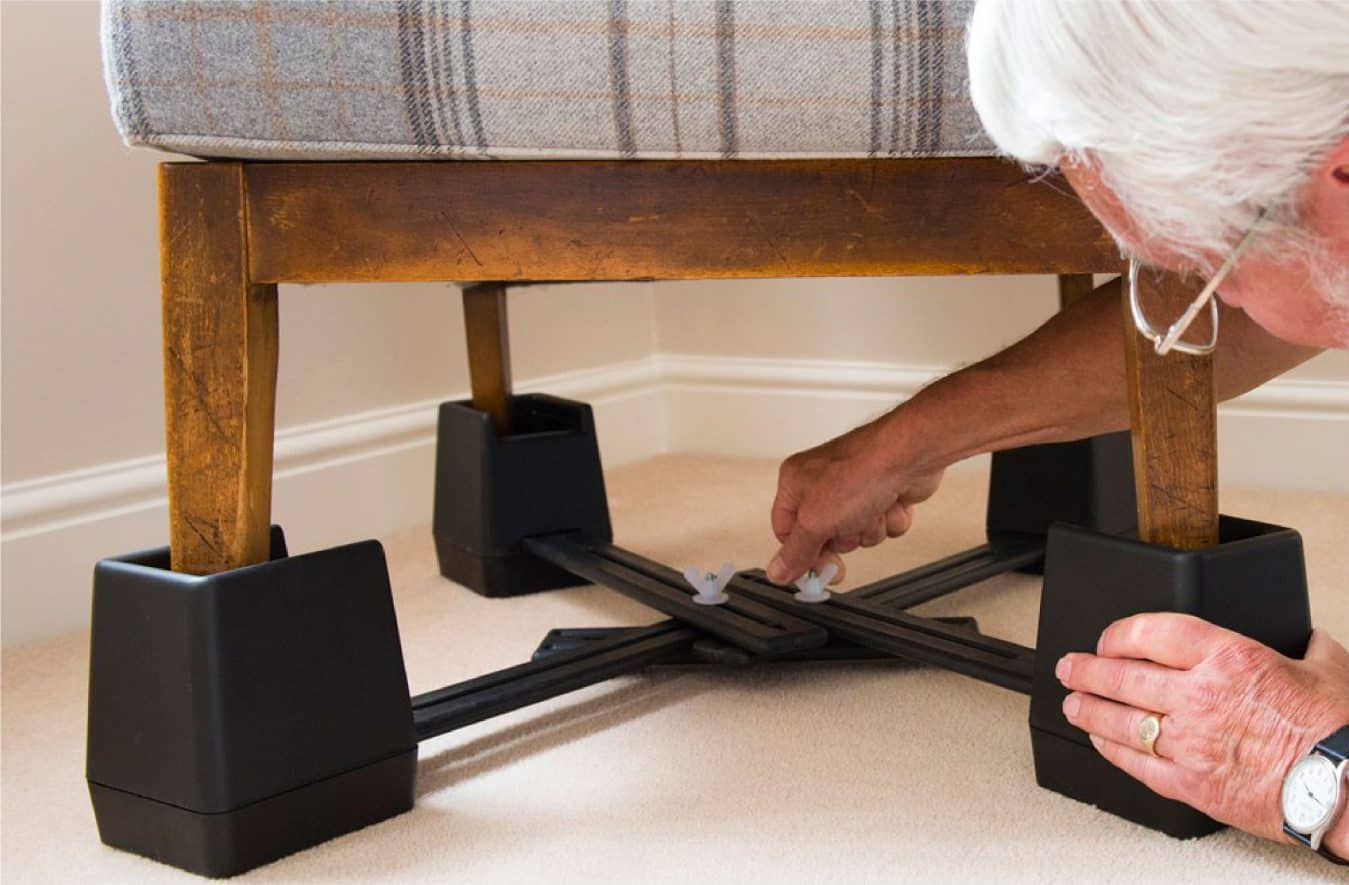
If there is difficulty in getting up from a chair, consider the use of a chair raiser to increase the height of the chair.
How to set up a chair raiser?
- Simply attach them to the bottom of the chair legs.
- Extend the raiser in terms of its width and length to accommodate the leg spacing on the base of the chair legs.
- Place the chair on top of the raiser.
- Adjust the raiser so that it fits closely up to the legs of the chair.
- Tighten the four clamping wing nuts on each side of the raiser.
- Test for safety and stability before use.
Bedroom Support
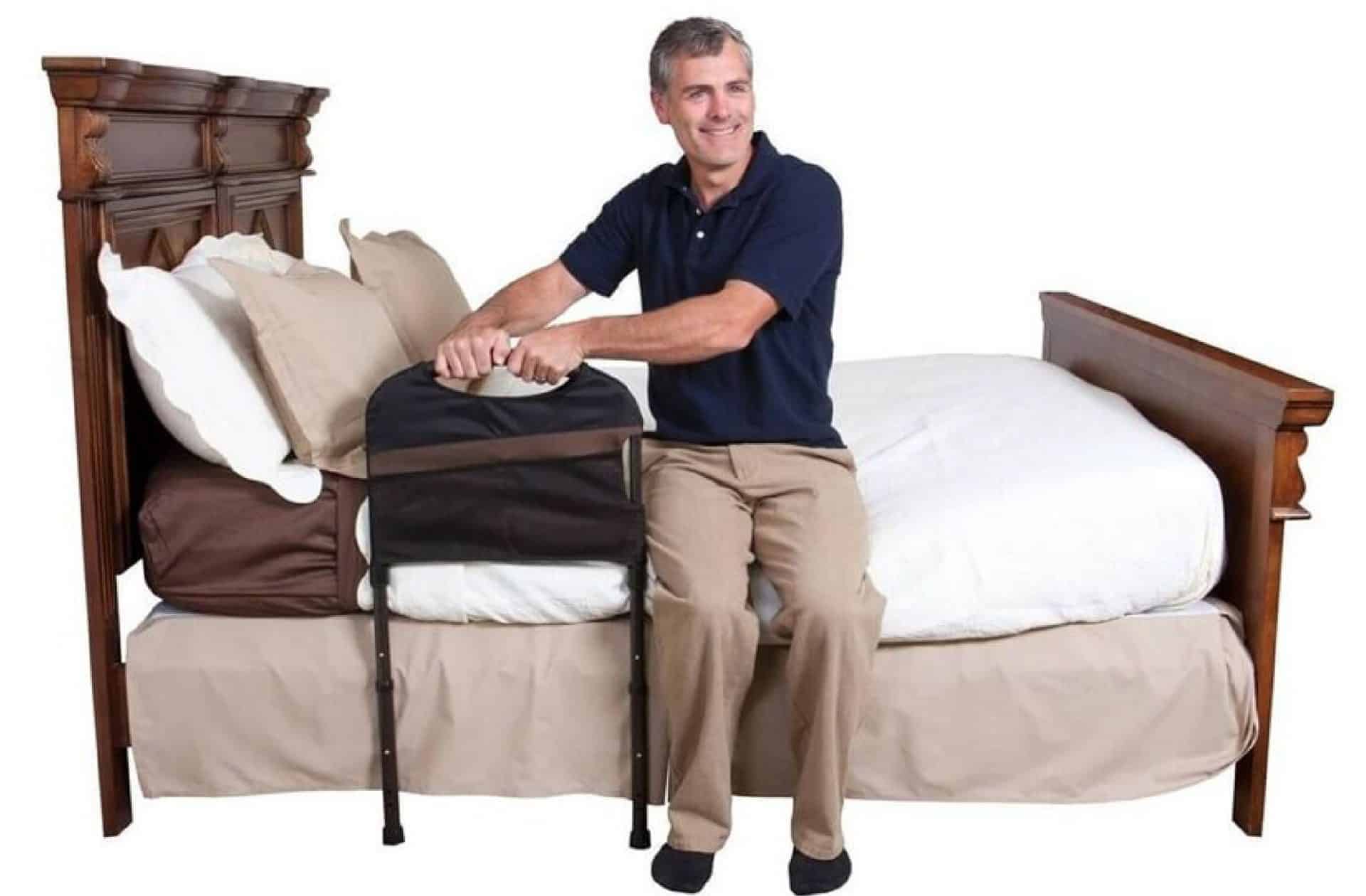
The Mobility Bed Rail is a bed support that has an extra pivoting arm to provide extra support while walking or transferring to a wheelchair. The legs extend to the ground for extra stability while standing and the half-size bed rail prevents nighttime falls.
Best of all, it blends in with the bedroom – like another piece of furniture – to maintain the comforting feeling of one’s home. Check out the range of bed rails that we carry.
Grab Bars for the bathroom or shower
Modern shower grab bars and grab bars for bathrooms or bathtubs can be incredibly useful and provide added safety for the elderly. Here are some ways they benefit older individuals:
- Stability and Support: Grab bars offer a stable and secure handhold, allowing seniors to maintain balance and stability while moving around the bathroom or shower area. They provide support when standing up, sitting down, or transitioning between different positions, reducing the risk of slips, falls, or loss of balance.
- Fall Prevention: Bathrooms, particularly shower areas, can be slippery and pose a significant fall risk for older individuals. Grab bars act as a reliable support system to prevent falls. Seniors can hold onto the bars for added stability and leverage, minimizing the chance of slipping or losing footing.
- Independence and Confidence: By having grab bars in place, elderly individuals can maintain a sense of independence and confidence in performing daily activities, such as getting in and out of the shower, using the toilet, or moving around the bathroom. The presence of grab bars can alleviate fear or anxiety about falling, allowing seniors to navigate the space more comfortably.
- Accessibility: Grab bars make the bathroom more accessible for individuals with mobility challenges, such as those using walkers, canes, or wheelchairs. They provide a point of support for transferring onto and off toilets or shower seats, making it easier for elderly individuals with limited mobility to maintain personal hygiene without relying heavily on assistance.
- Adaptability: Grab bars come in various sizes, lengths, and shapes, allowing them to be installed in customizable configurations to suit individual needs. They can be positioned at the appropriate height and location based on the user’s preferences and requirements. For example, vertical bars near toilets or horizontal bars along shower walls can be installed for optimal assistance.
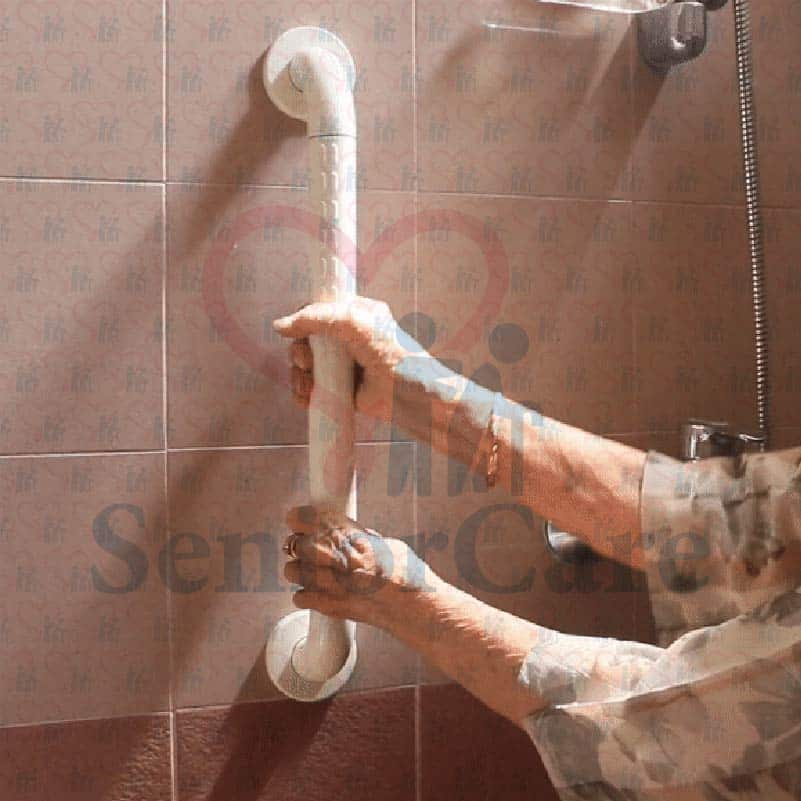
It’s important to note that the proper installation of modern shower grab bars is crucial for their effectiveness and safety. They should be securely mounted to the wall using appropriate hardware and installed by a professional or someone experienced in grab bar installation to ensure they can support the weight and force applied to them.
When considering grab bars for the bathtub or shower facilities, it’s advisable to consult with an occupational therapist or a professional specializing in home modifications for the elderly.
They can assess the specific needs of the individual and provide guidance on the appropriate placement and installation of grab bars to enhance safety and accessibility in the bathroom.
A grab bar installed with drilling and screws is definitely safer and more secure than one by suction. A suction grab bar is not as stable and we would recommend you stick to installation by screws or nails.
Blood Pressure monitors
Using a blood pressure monitor can be a helpful assistive device to care for the elderly by allowing you to monitor their blood pressure regularly and detect any changes or abnormalities.

Here are some steps to use a blood pressure monitor:
- Choose a blood pressure monitor that is easy to use and has a large display screen. You may want to consider a wrist cuff monitor or an automatic upper arm monitor, as these are usually easier to use and require less maneuvering.
- Sit the elderly person down in a comfortable position, with their arm resting on a table or armrest. Make sure they are relaxed and calm, as stress or anxiety can affect blood pressure readings.
- Follow the instructions that come with the blood pressure monitor to properly apply the cuff to the elderly person’s arm. Make sure the cuff is snug but not too tight, and that it is positioned correctly over the brachial artery.
- Turn on the monitor and let it take a reading. Some monitors will automatically inflate and deflate the cuff, while others may require you to manually inflate it.
- Record the blood pressure reading in a log book or on a sheet of paper. Some BPM models (such as Omron 7130L or 7121 has memories). Be sure to note the date and time of the reading, as well as any other relevant information such as the elderly person’s medication regimen or any symptoms they may be experiencing.
- Repeat this process regularly, according to your doctor’s instructions. Monitoring blood pressure regularly can help you detect changes or abnormalities early, which can lead to timely interventions and better health outcomes for the elderly person.
Remember to always consult with a healthcare professional before making any changes to an elderly person’s care plan, and to follow any specific instructions they provide for monitoring blood pressure.
You may like to visit choosing blood pressure monitors in Singapore because it has a range of top Omron machines from basic models to high end premium blood pressure machines.
Final Thoughts for Caretakers
Due to their age, an elderly can sometimes have their ability impaired. We can make their lives easier through assertive devices. Using these devices, we can also reduce the burden and efforts of caretakers and help make lives easier.
Elderly care or outpatient care is not an easy task, and these aids can help to improve the mobility, ease, and convenience for elderly’s healthcare.
Do not afraid to read up online or check with local government agencies on support for SilverCare or Pioneer Generation help. All these assist in taking care of elderly as well as long term chronic care patients.

